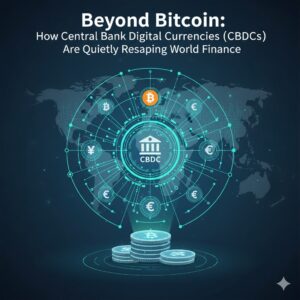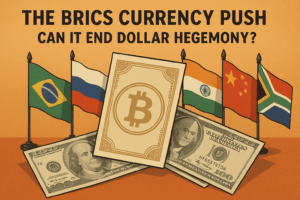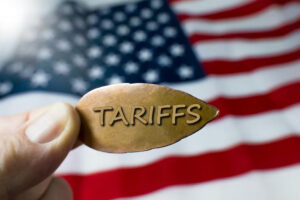
The BRICS Currency Push: Can It End Dollar Hegemony?
The dollar has long held sway over the global financial system — it is entrenched in trade, oil pricing, and central bank reserves. But this hegemony may not endure forever. BRICS, a powerful cooperative bloc of emerging economies (Brazil, Russia, India, China, and South Africa), is preparing to issue physical gold-backed settlements and introduce a shared currency to reduce dependency on the U.S. dollar and assert global economic influence.
This isn’t just economic rhetoric. With China and India among the fastest-growing major economies, and Russia increasingly cut off from Western financial systems, the urgency for an alternative payment infrastructure is rising. The proposed BRICS currency aims to encourage intra-bloc trade, shield against sanctions, and build a more balanced global trading system.
If successful, this shift could reduce global dollar demand, disrupt forex markets, and permanently alter how global trade is conducted. Though political and logistical hurdles are significant, the move toward launching a shared BRICS currency indicates that power dynamics are evolving on the world stage.
In this article, we explore what the BRICS currency means, why it’s gaining traction now, and how it could reshape the future of international finance. Whether you’re a trader, policymaker, economist, or global observer, this is a shift in world finance that demands your attention.

New Money, New Order: Why the B.R.I.C.S. Got Together
Dollar Diversification Can Reduce Risk:
Over 60% of global reserves are held in U.S. dollars. A BRICS currency would help emerging markets diversify away from dollar exposure and U.S. monetary influence—especially useful during Fed rate hikes or political shifts.
BRICS Nations Represent Over 40% of the World’s Population:
This is no fringe movement. The BRICS economies command massive trade networks, energy control, and population power—collectively demanding a financial system that aligns with their shared interests.
A Multipolar Currency System May Stabilize Global Trade:
Reducing reliance on a single global currency (USD) could prevent trade imbalances and currency shocks—especially during U.S.-driven economic crises.
Digital Currencies May Drive This Revolution:
Speculation suggests the BRICS currency may be digital or blockchain-based from inception, offering cheaper, faster cross-border payments and a reduced dependency on SWIFT.
The Other Side of Financial Fluctuations: What a BRICS Currency Might Upend
Market Volatility Is Inevitable:
A BRICS currency launch could trigger short-term market panic. Forex markets might see intense fluctuations, emerging markets could face instability, and central banks may react defensively. While this volatility is temporary, investors must stay diversified and prepared. Such turbulence is a natural consequence of financial disruption and should be viewed as part of long-term evolution, not collapse.
Geopolitical Tensions Could Escalate:
A common BRICS currency would challenge U.S. monetary dominance, potentially intensifying diplomatic rifts. Expect new sanctions, trade battles, and increased Western scrutiny. Yet, such reactions highlight the growing influence of BRICS. The disruption, while uncomfortable, may be necessary for emerging nations seeking financial sovereignty and equity on the global stage.
For decades, the U.S. dollar has been the undisputed king of international finance—backing oil, influencing trade, and dominating global reserves. But today, that dominance is being quietly challenged. The BRICS bloc—Brazil, Russia, India, China, and South Africa—is actively exploring a shared currency as part of a larger push to rebalance the global financial order.
This isn’t just a theoretical proposal. Amid rising sanctions, inflation, and geopolitical rifts, BRICS nations are calling for a new system—one that’s not dictated by Western monetary policy. Their combined GDP, massive populations, and growing political influence give weight to the idea that a new global currency might not just be possible—but inevitable.
In this article, we break down why BRICS is making this move, what a new currency could look like, and what it means for the future of global finance. Whether you’re an economist, investor, or politically curious reader, this is one story you can’t afford to ignore.
Our Post


Beyond Budgeting: Master Your Money with the Power of Conscious Spending

